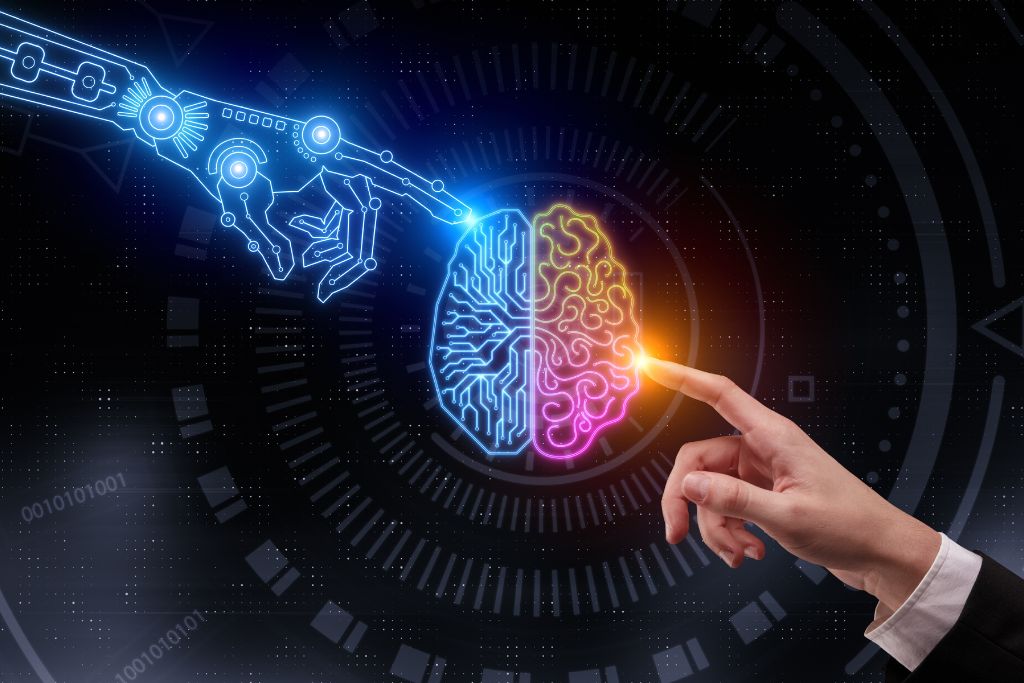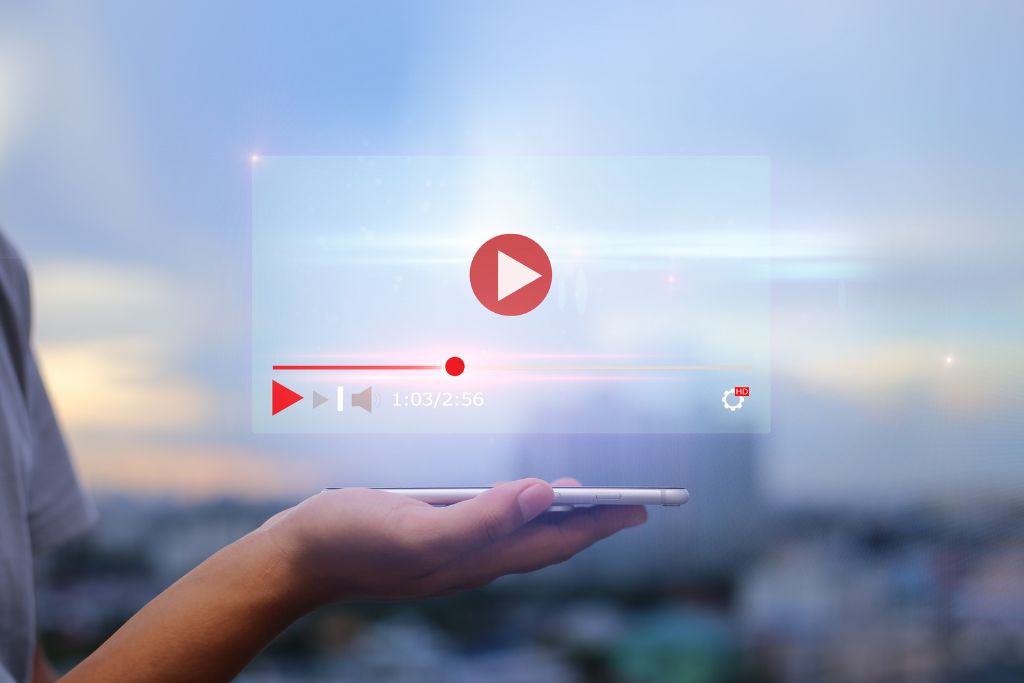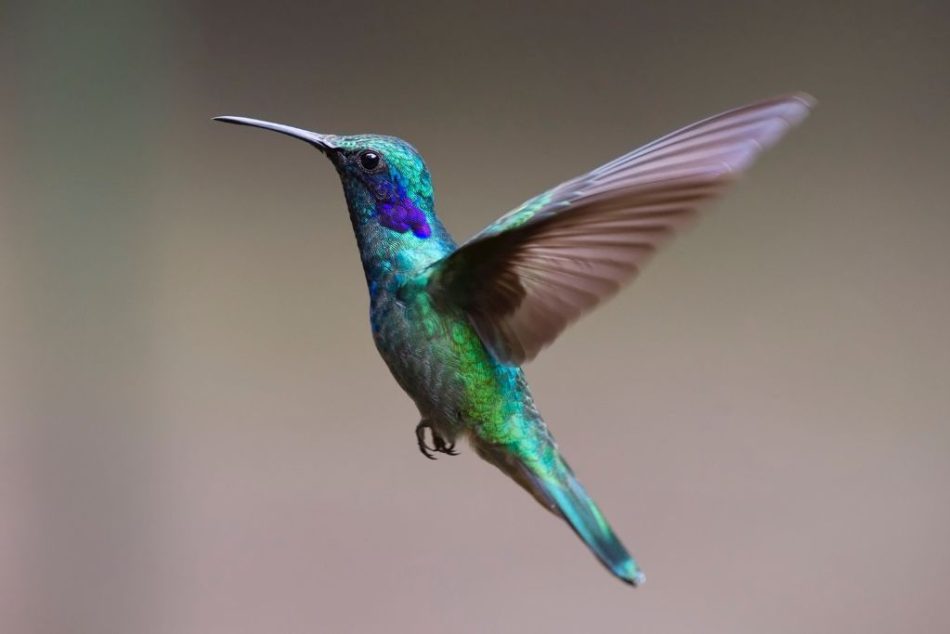As the animation industry grows, new technologies are transforming how it works. These advancements are allowing animators to create more realistic scenes and characters. VFX and 3D animation are two of the most popular techniques used by top studios to create relatable characters for movies. They also help create a more immersive experience for the viewer. Animation technology has been around for centuries, and it’s only going to get better. The latest advances in software and hardware allow us to create incredible animations that are even more realistic than ever before.
Artificial Intelligence
Artificial Intelligence (AI) has a number of applications in the entertainment industry, including animation. AI can automate certain tasks, speeding up the production process while freeing animators to focus on other aspects of their work.
However, AI can’t replicate the human touch and creativity that make animation truly captivating. This is why it’s important for animators to understand the pros and cons of using AI and find ways to adapt to these changes in order to remain relevant in the field.

The future of animation technology will likely involve a combination of AI and human artists working together to create a range of different animated projects. This is a positive development for the industry and for animation fans alike, as it will make animation more accessible to a wider audience.
Virtual Production
Virtual Production (VP) is a rapidly emerging technology that has huge implications for the animation industry. Removing barriers between virtual backgrounds and physical set pieces, allows filmmakers to seamlessly blend the two elements.
VP tools also help cinematographers gauge color and lighting without a green screen, which can lead to inconsistencies between the production and post-production stages. By using VP technology on the physical set, cinematographers can test their creative vision on a small scale before committing to the full-scale finalization of the film.

In addition to LED stage volumes, VP workflows encompass pre-vis (a collaboration in real-time), tech-vis, motion capture volumes, spaces, virtual prototyping, photogrammetry, and more. This is helping to change the way the entire production works and empowers crews to be more creative on the set.
Machine Learning
Machine learning is a type of artificial intelligence that uses methods from neural networks, statistics, and other fields to recognize patterns in large amounts of data. It is often used to automate tasks or make predictions, recommendations, estimations, etc.
In animation technology, ML can be used to solve problems like motion matching (predicting the next animated frame from the present one) and retargeting (adding or tweaking walking states for characters that deal damage). It also helps with determining 3D critical points from the 2D video.

Moreover, it can help to optimize the production process, streamline the creation of backgrounds and environments, simulate facial expressions and body language for characters, plan scene layouts and camera movements, etc.
In the last few years, AI has started making its way into the world of animation and there are already a number of tools available for artists and animators to use. For example, a tool called Midas Creature from startup Midas Touch enables artists to create animated creatures that move and respond to the environment around them.
Streaming
Streaming technology has revolutionized how we consume media on the internet. It allows us to watch high-quality movies and listen to music on our phones, computers, or TVs without having to download them.
Unlike downloading, which involves downloading and saving a file to your computer or device, streaming transmits data in small packets. This makes it possible to start playing a video as soon as it’s available, which means that buffering isn’t an issue.

For animation, streaming is especially useful for long cinematic sequences where the entire clip can be compressed and loaded on demand. However, since animation data competes with every other asset for space and bandwidth, this can have a large impact on loading times.
Streaming can be a great way to market your animation to the right audience, but it is also important to make sure that your production quality is top-notch. Poor-quality animation can annoy viewers, so it’s best to keep your quality high and avoid trying to cut costs by using low-quality materials.

